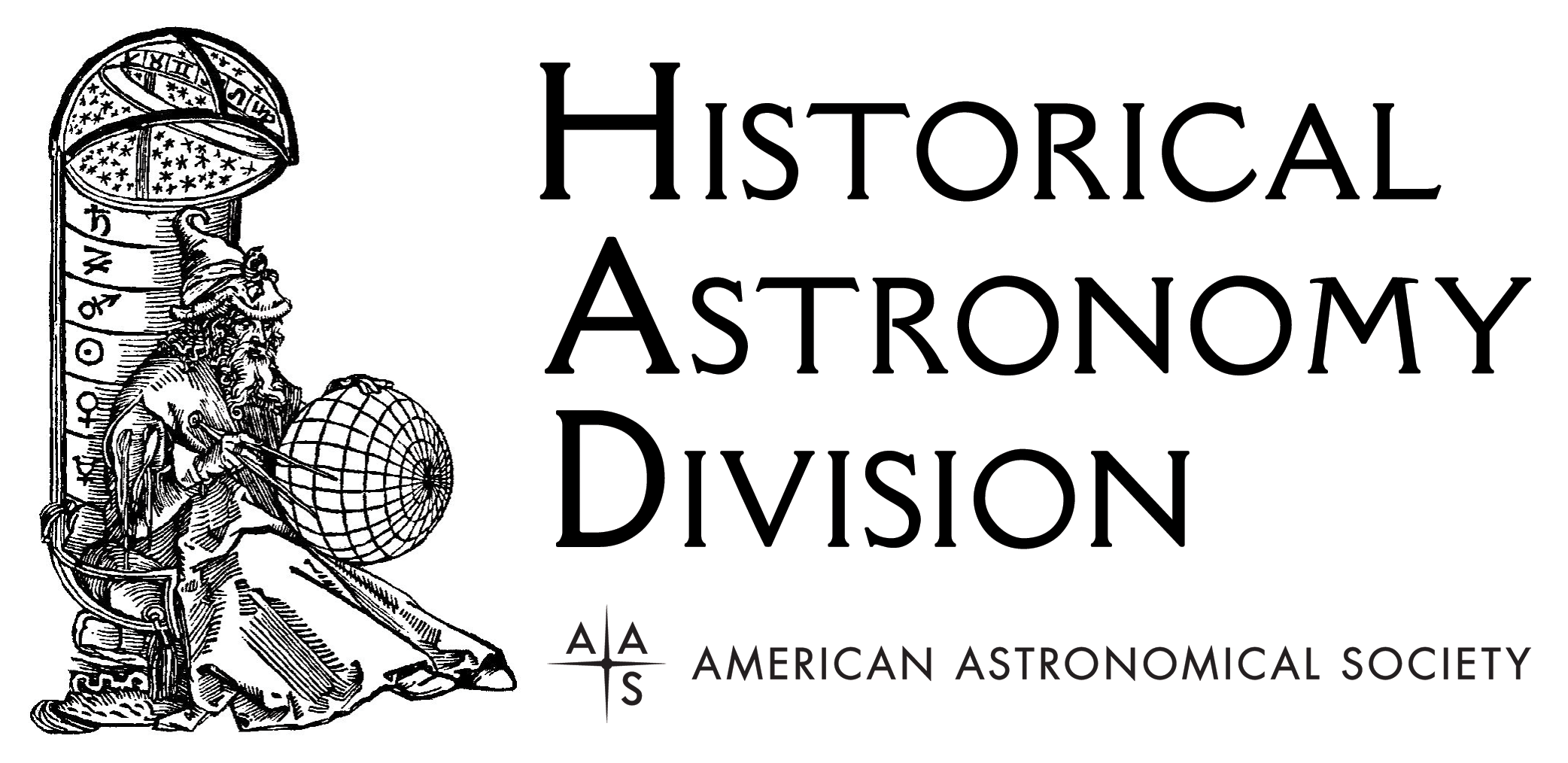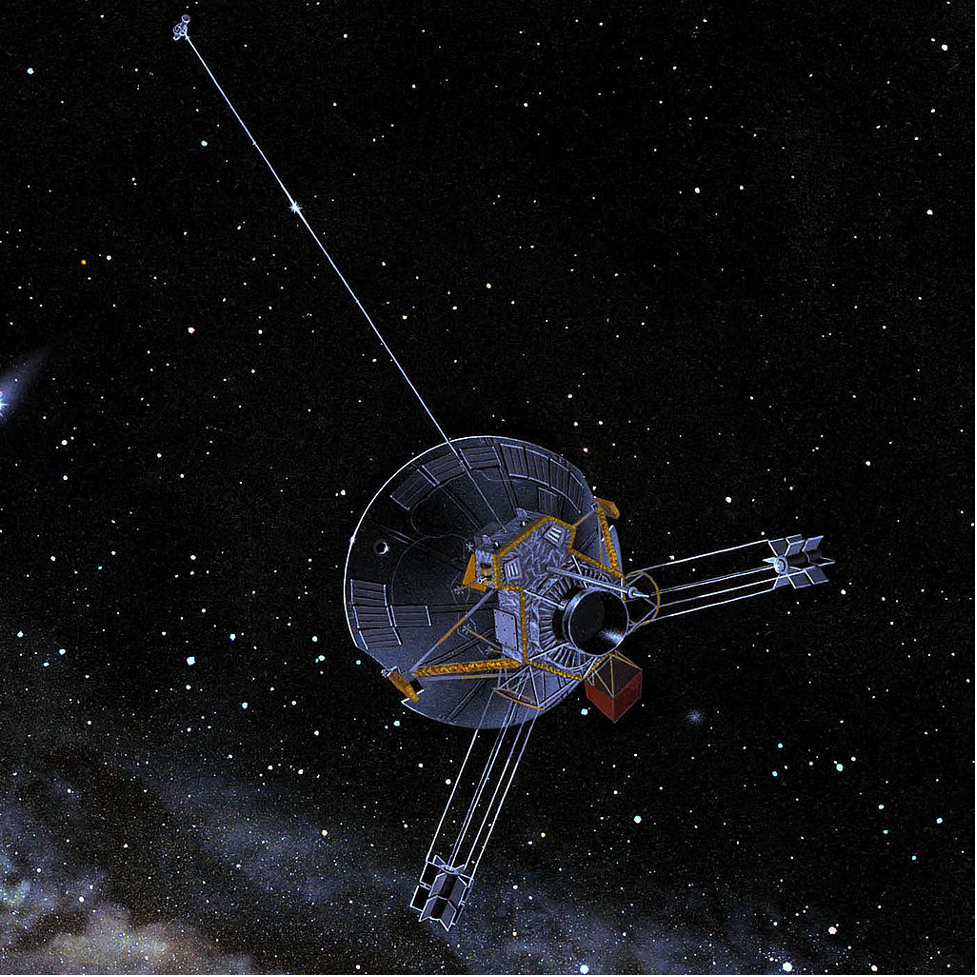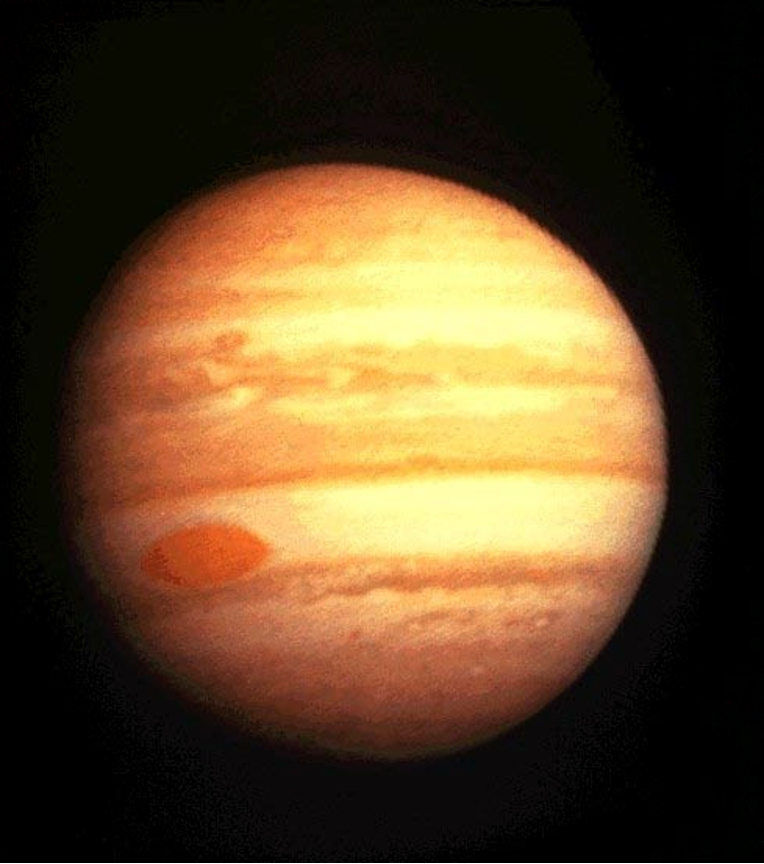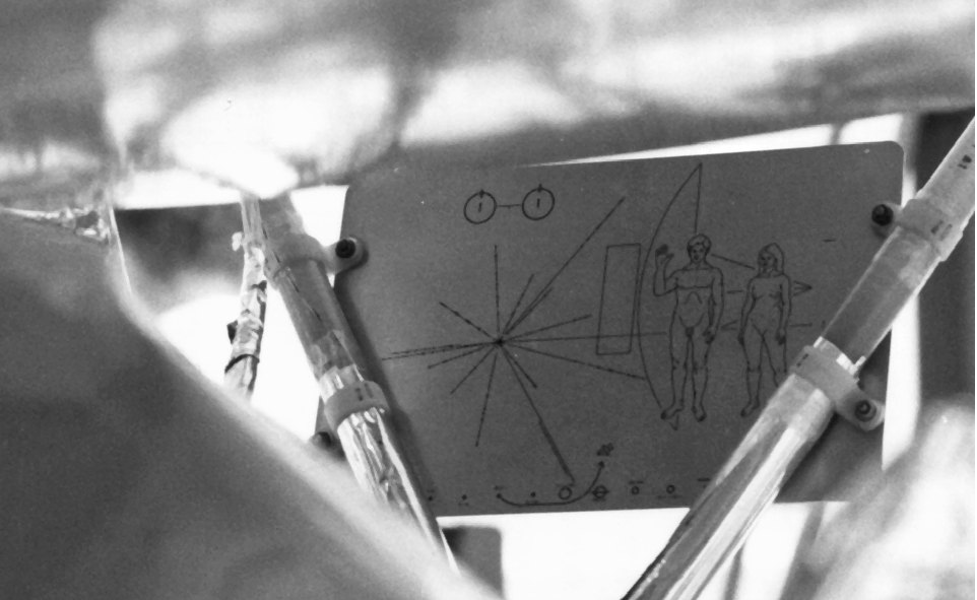This Month in Astronomical History: November 2023
Kristine Larsen Central Connecticut State University
 Each month as part of this series from the AAS Historical Astronomy Division (HAD), an important discovery or memorable event in the history of astronomy will be highlighted. This month, Kristine Larsen writes about Pioneer 10’s exploration of Jupiter. Interested in writing a short (500-word) column? Instructions along with previous history columns are available on the HAD web page.
Each month as part of this series from the AAS Historical Astronomy Division (HAD), an important discovery or memorable event in the history of astronomy will be highlighted. This month, Kristine Larsen writes about Pioneer 10’s exploration of Jupiter. Interested in writing a short (500-word) column? Instructions along with previous history columns are available on the HAD web page.
50th Anniversary of Pioneer 10’s Encounter with Jupiter
On 2 March 1972, an Atlas-Centaur rocket lofted the Pioneer 10 probe on its historic journey to Jupiter and then beyond to leave our solar system. Although it was named Pioneer 10, this mission was “first” in many respects. Reaching a speed of 51,682 kph (32,110 mph), the 2.9 m (9.5 ft) long, 258 kg (569 lb) spacecraft became the fastest object of its time to leave our planet, crossing the orbit of Mars in only three months. The probe’s two radioisotope thermal generators used plutonium-238 to produce electricity because the craft traveled too distant from the Sun to rely on solar panels, a first in planetary exploration.1
Imaging of the king of the planets began at a distance of 16 million miles on 6 November 1973, and by 1 December the detail surpassed the best Earth-bound telescopes. The closest approach occurred at 2:26 UT on 4 December 1973, at a distance of about 130,354 km (81,000 miles) above the Jovian cloud tops, while rushing by at 126,000 kph (78,000 mph).1
Low-resolution images were taken of all four Galilean moons. However, the portrait of the innermost, Io, was lost due to Jupiter’s intense local radiation. Through the official end of the encounter (2 January 1974), Pioneer 10 returned about 500 images of Jupiter’s atmospheric features (including the famous Great Red Spot) and its moons, the most detailed pictures revealing features as small as 320 km (200 miles).1
Pioneer 10’s scientific bragging rights are truly impressive. It was the first human-made object to traverse the asteroid belt and the first to pass the orbit of Neptune. It returned valuable data on Jupiter’s intense magnetic field and radiation belts and their interactions with the solar wind. Infrared observations of the night side of the planet demonstrated that Jupiter radiates more heat than can be explained by sunlight, evidence of an internal source. It discovered the ionosphere of Io and measured the densities of all four Galilean moons. After successfully completing its primary mission, Pioneer 10 turned its attention to observations of the solar wind and cosmic rays. Pioneer 10 truly was the little satellite that could — and did.
Originally slated for 21 months of operation — sufficient to complete the Jupiter observations — its official science mission was ended on 31 March 1997. Its last signal was sent on 23 January 2003; from a distance of about 12.2 billion km (7.6 billion miles) from home, Pioneer’s swansong took over 11 hours to reach us.1
As of this publication, the probe is about 20 billion km (12 billion miles or 134 astronomical units) from the Sun. As Pioneer 10 leaves our solar system, headed in the general direction of the star Aldebaran in Taurus (a 68 light-year journey that will take about 2 million years), it carries with it a famous plaque, in the event it is picked up by an interstellar salvage crew. Designed by Carl Sagan and Frank Drake, and drawn by Linda Salzman Sagan, the 15-by-23-cm (6-by-9-inch) gold anodized aluminum plaque was intended to be an interstellar Rosetta Stone of sorts, depicting an “average” man and woman, our solar system, and the hyperfine transition of neutral hydrogen, among other images.2 Criticism of the plaque’s human images has come from various quarters, for example concerning their nudity, the apparent censoring of the female figure’s genitalia, and the fact that the male figure is the only one seen raising a hand in an apparent greeting.3, 4, 5
In 2019 Coryn A.L. Bailer-Jones and Davide Farnocchia compared the motions of nearby stars with the trajectories of Pioneer 10 and 11 and Voyager 1 and 2 and found that Pioneer 10 will pass within about 3.5 light-years of two red dwarfs — Ross 248 in about 33,800 years and Proxima Centauri in 34,400 years — and a mere 0.75 light years from the K8 star HIP117795 in about 90,300 years.6

Fig. 1: Artist’s depiction of Pioneer 10 at Jupiter. Image by Don Davis for NASA. Public domain.

Fig. 2: Pioneer 10 image of Jupiter, 1 December 1973. NASA. Public domain.

Fig. 3: Plaque in place on spacecraft. NASA. Public Domain.
References
- https://solarsystem.nasa.gov/missions/pioneer-10/in-depth/ (originally accessed 19 Mar. 2023)
- Sagan, Carl; Sagan, Linda Salzman; Drake, Frank. (1972). “A Message from Earth.” Science, 175, 881-4.
- Capova, K. A. (2021). “Introducing Humans to the Extraterrestrials: the Pioneering Missions of the Pioneer and Voyager Probes,” Frontiers in Human Dynamics, 3, 12 pp. https://doi.org/10.3389/fhumd.2021.714616
- Hay, Mark. (2020). “NASA’s Fight to Protect Aliens from Naked Ladies,” Ozy, https://www.ozy.com/true-and-stories/nasas-fight-to-protect-aliens-from-naked-ladies/273932/ (originally accessed 19 Mar. 2023) [The OZY website was curated by its owners and this article is no longer available. All references, including the one from Mark Hay’s own blog, point back to the original.]
- Macauley, William R. (2012). “Inscribing Scientific Knowledge: Interstellar Communication, NASA’s Pioneer Plaque, and Contact with Cultures of the Imagination, 1971-1972.” In Imagining Outer Space, European Astroculture in the Twentieth Century, ed. Alexander C.T. Geppert, Palgrave Macmillan, Basingstoke, 285-303.
- Bailer-Jones, Coryn A. L.; Farnocchia, Davide (2019). “Future Stellar Flybys of the Voyager and Pioneer Spacecraft,” Research Notes of the AAS, 3, 59 https://iopscience.iop.org/article/10.3847/2515-5172/ab158e

